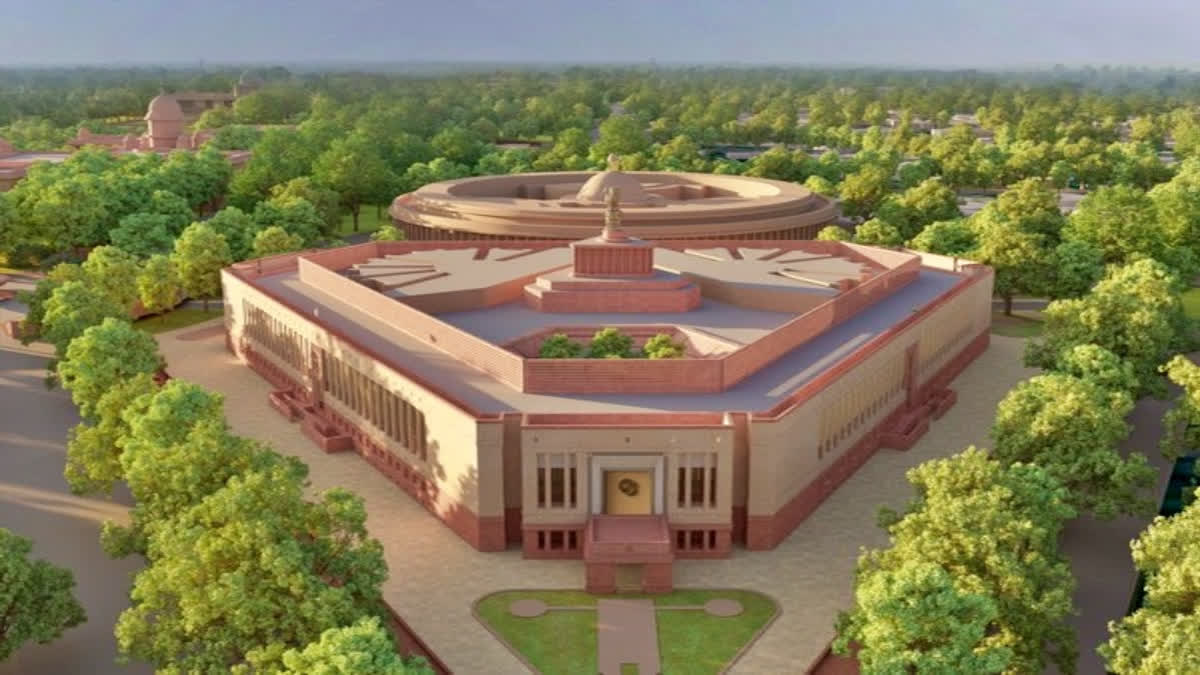New Delhi: As the new Parliament building is all set to be inaugurated by Prime Minister Narendra Modi on May 28, statistics show that the construction work for the triangular-shaped building has generated 23,04,095 man-days of employment. As per government data, the construction of the new Parliament building also involved 26,045 metric tonnes of steel, 63,807 metric tonnes of cement and 9,689 fly ash (in cubic metres).
The new Parliament building has a built-up area of about 65,000 square metres. Its triangular shape ensures optimum space utilisation. The present Parliament House is a colonial-era building designed by British architects Sir Edwin Lutyens and Herbert Baker, which took six years to construct. Originally, called the Council House, the building housed the Imperial Legislative Council. The Parliament Building witnessed an additional two floors in 1956 to address the demand for more space. In 2006, the Parliament Museum was added to showcase the 2,500 years of rich democratic heritage of India.
Also read: PM is Head of Government: BJP vs Congress on new Parliament building inauguration
"The construction of the Old Parliament Building was started in 1921 and was commissioned in 1927. Over the years, the parliamentary activities and the number of people working therein and visitors have increased manifold, which necessitated the construction of a new Parliament building," a government official said. The four-storey new Parliament building with a sitting capacity of 1,224 people during a joint session was built with Rs 970 crore.
In the new Parliament Building, as many as 888 members in the Lok Sabah and 384 members in the Rajya Sabha can sit together whereas, in the old Parliament building, there was a provision for 543 MPs in the Lok Sabah and 250 in the Rajya Sabha. Interestingly, the government has planted a total of 3,396 trees to ensure the availability of a sufficient amount of fresh air around the Parliament building, including the Central Secretariat and Vice-President residence. "At least 403 new trees with a majority of them oxygen producing have been planted while 92 other trees are retained in and around the new Parliament building," the official said.
It is worth mentioning that at least 396 new trees have been transplanted and 304 trees have been retained in and around the under-construction residence of the Vice-President. The official further stated that special emphasis has been laid to place the plants inside the building, including Aloe vera, peace lily, and areca palm among other oxygen-producing trees. The new Parliament building also highlights the Atmanirbhar Bharat concept in the construction work while teak woodwork from Nagpur, red sandstone work from Sirmarhura in Dholpur, carpets from Mirzapur and stonework from Rajasthan.



